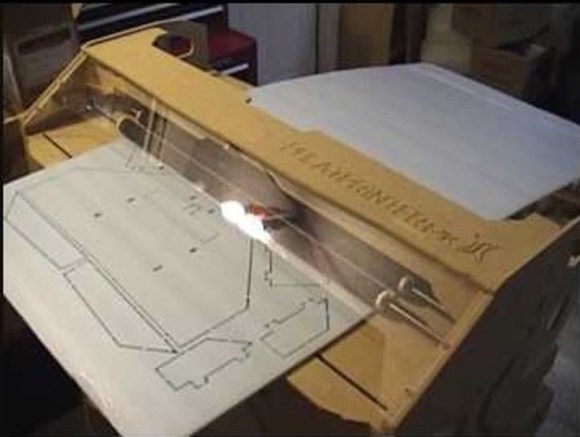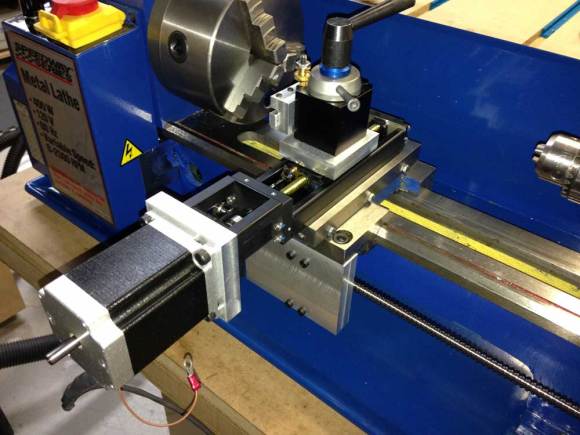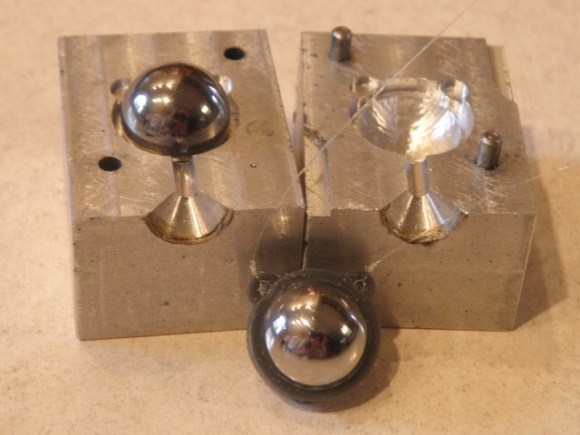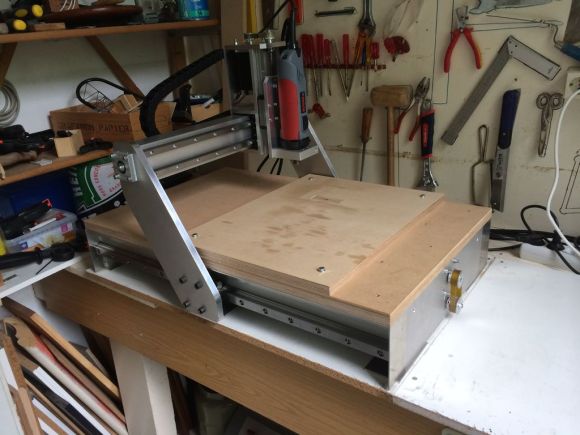
[Peter] is back at it, again modding his CNC3020 router. This time he’s adding a coolant system and spindle direction control. If you have ever tried cutting plexiglass using a mill, router or even a band saw, then you know it is common for those plastic chips to melt together and form a crusty trail of goobers directly behind the cutting tool. Turning down the spindle speed helps a little but the intent of the coolant system is to eliminate the globular mess all together.
It appears the coolant flow is open loop, meaning the initial coolant reservoir is not replenished automatically. The coolant starts in a container and is moved via a pump through a silicone hose. At the end of the hose there is a nozzle mounted to the Z axis which points the coolant stream at the tool bit. The nozzle is plastic and made from a re-purposed and modified flux application container. [Peter] took advantage of the machine’s bed being made of slotted extruded aluminum. The bed catches the coolant which then travels down the channels to the front of the machine where it is collected in a custom made bin. The parts of this plexi bin were actually cut out using this machine! Gravity then drains the contents of this bin into another container residing at a lower altitude.
Continue reading “Adding Spindle Direction And Coolant Control To Your CNC Machine”

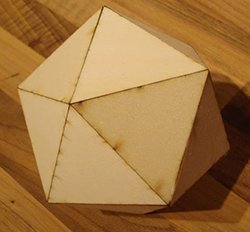 Every project deserves its own laser cut enclosure, of course, but the most common method of joinery – an overabundance of mortises and tenons, and if you’re lucky, a bit of kerf bending – is a little unsightly. Until tastes in industrial design change to accommodate this simple but primitive method of joining two laser cut panels together at an angle takes hold, the search will continue for a better way to cut acrylic and plywood on a laser cutter. The folks at Just Add Sharks might have a solution to this problem, though:
Every project deserves its own laser cut enclosure, of course, but the most common method of joinery – an overabundance of mortises and tenons, and if you’re lucky, a bit of kerf bending – is a little unsightly. Until tastes in industrial design change to accommodate this simple but primitive method of joining two laser cut panels together at an angle takes hold, the search will continue for a better way to cut acrylic and plywood on a laser cutter. The folks at Just Add Sharks might have a solution to this problem, though: 
